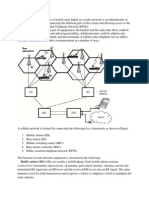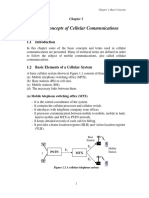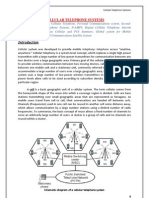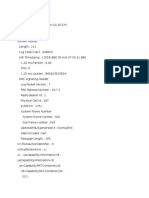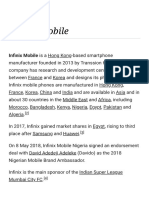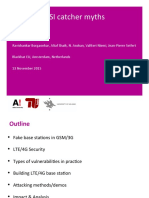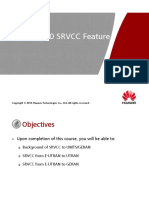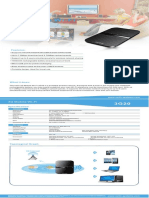0% found this document useful (0 votes)
9 views13 pagesWC Unit 1
Wireless communication chapter 1, SGBAU
Uploaded by
jayeshdeshmukh257Copyright
© © All Rights Reserved
We take content rights seriously. If you suspect this is your content, claim it here.
Available Formats
Download as PDF, TXT or read online on Scribd
0% found this document useful (0 votes)
9 views13 pagesWC Unit 1
Wireless communication chapter 1, SGBAU
Uploaded by
jayeshdeshmukh257Copyright
© © All Rights Reserved
We take content rights seriously. If you suspect this is your content, claim it here.
Available Formats
Download as PDF, TXT or read online on Scribd
/ 13













